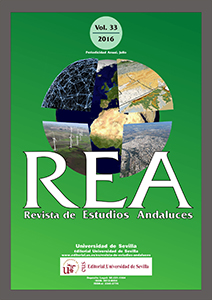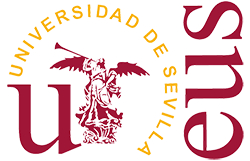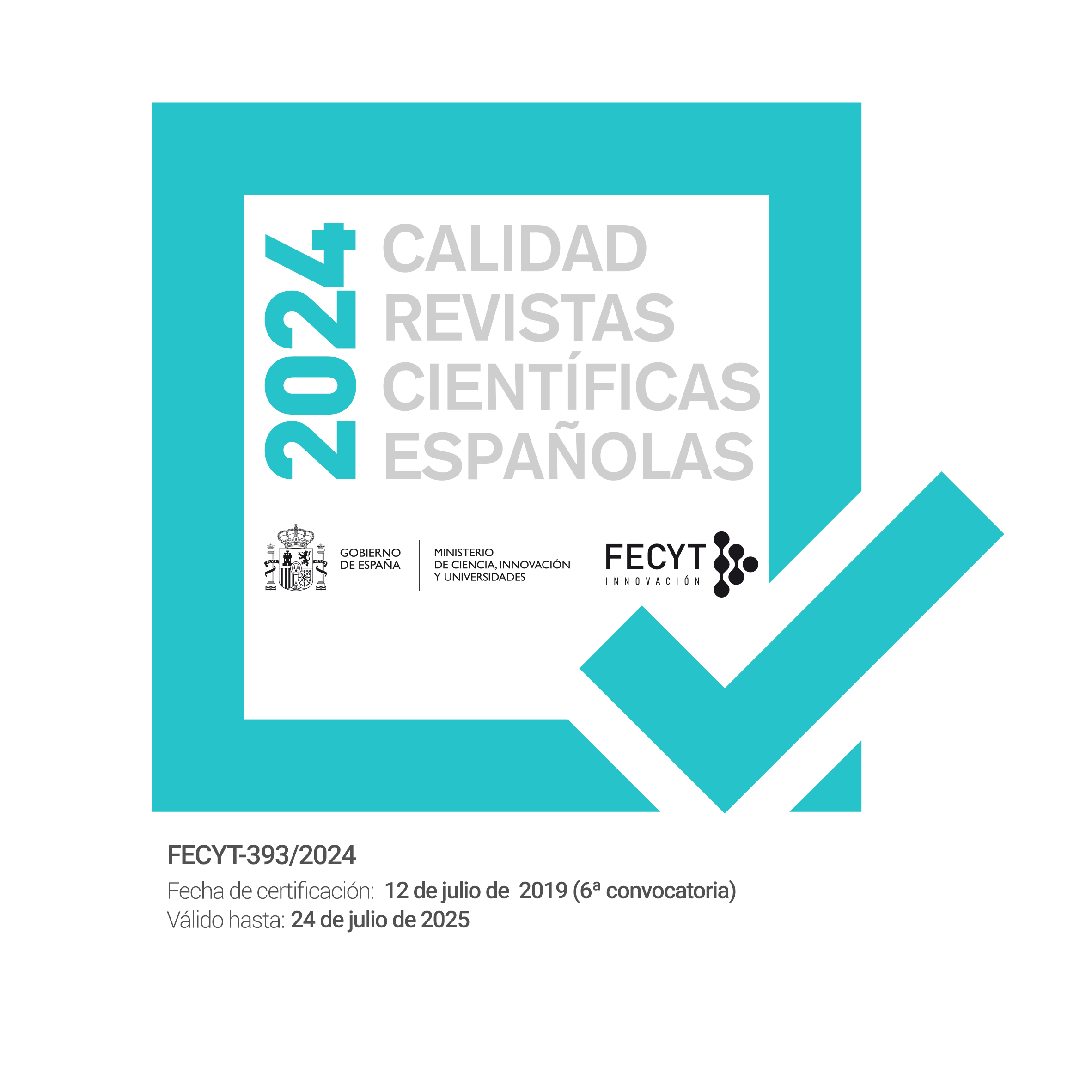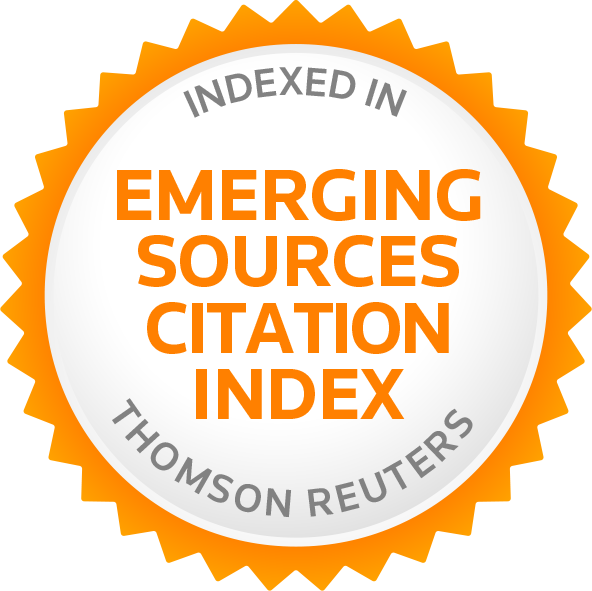Study of the Effects of Urban Morphology on Physical Activity
Palabras clave:
Urban form, urban sprawl, lifestyle, physical activity, healthResumen
A large number of studies, mainly conducted in Anglo-Saxon and northern European countries, have found correlations between urban morphology and transport-related physical activity (walking and cycling). From these studies it appears as urban areas of high density, with mixed-uses, lack of services, different transit options and high-quality public spaces reduce automobile dependence and increase the opportunities for transport-related physical activity. This article explore the association between urban design variables and physical activity, showing as the results obtained in a European Mediterranean area (municipality of Mairena del Aljarafe) are consistent with the scientific literature. This makes it possible to affirm that in our environment there is also relationship between urban sprawl, physical activity and use of transport-related physical activity (walking and cycling). These results should serve for urban and territorial planners and managers take measures aimed at preventing the progressive increase sprawl areas and promoting central areas. These measures will help reduce car dependence, increasing transport-related physical activity, and maintaining the three pillars of sustainable development (economic, social and environmental).Descargas
Descargas
Publicado
Cómo citar
Número
Sección
Licencia
La edición electrónica de la Revista de Estudios Andaluces se ofrece en acceso abierto desde el número 28 publicado en 2011 hasta la actualidad. Las ediciones impresa y electrónica de esta Revista son editadas por la Editorial de la Universidad de Sevilla, siendo necesario citar la procedencia en cualquier reproducción parcial o total.
La Revista de Estudios Andaluces no cobra tasas por el envío de trabajos, ni tampoco cuotas por la publicación de sus artículos. La Revista es gratuita desde el momento de la publicación de cada número y sus contenidos se distribuyen con la licencia “CreativeCommons Atribución-NoComercial-SinDerivar 4.0 Internacional” , que permite al usuario de la Revista de Estudios Andaluces criterios que cumplen con la definición de open access de la Declaración de Budapest en favor del acceso abierto. Puede consultar desde aquí la versión informativa y el texto legal de la licencia. Esta circunstancia ha de hacerse constar expresamente de esta forma cuando sea necesario.







